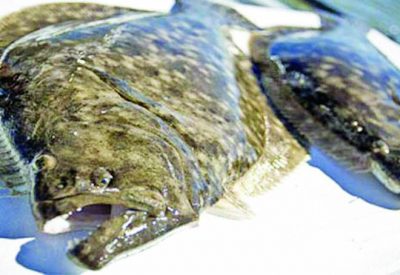
Louisiana Fishing Charters & Lodging In Venice, LA
Fishing charters and lodging in Venice, Louisiana (LA), just south of New Orleans,offers some of the best offshore and inland fishing in the United states. Voodoo Fishing Charters offers deep sea and rod ‘n’ reel fishing charters along with plenty of lodging to accommodate large groups of fishermen.
Offshore – Deep Sea – Tuna Charter Fishing
Tuna – Dolphin – Marlin – Wahoo – Lump – Rig – Kite
Voodoo fishing charters offers many types of offshore fishing aside from just tuna charters. The main types of offshore fish that we offer guided trips for are tuna,dolphin,marlin,and wahoo. Our voodoo charter captains offer lump ,rig,and kite fishing as well.
Rod-N-Reel Inland Charter Fishing
Redfish – Speckled Trout – Drum – Flounder
Voodoo Fishing Charters also offers inland rod’n’reel charter fishing. You can catch the red fish, speckled trout,drum,and flounder of your dreams. Voodoo fishing charters fish where the lunkers lurk especially since we are fishing from south Louisiana which is essentially fed straight from the gulf.
Fishing Camp / Lodging
Over Looks Water & Marina – Sleeps Up To 12
Voodoo Fishing Charters will accommodate you with lodging in our beautiful camps overlooking the marina. We can also accommodate large parties as our fishing camps sleep up to twelve people. Book now to reserve your spot with Voodoo Fishing Charters today!
by Dr. Julie Ball IGFA Representative,Virginia Beach
August is one of the best saltwater fishing months of the year along the Virginia coast. But as summer comes to a close and we transition into fall, the more fall-like weather patterns will encourage changes in the local fishing scene.
Although cobia are still a controversial topic on a regulatory level, these fish are always a summer-time highlight, and this year the fishery had another outstanding showing. August is normally good month for cobia hunters as the fish form into pods in preparation for leaving the area. This late-season behavior gives casters easy access to the fish as the pods glide along the surface. But hurry if you want to get in on the cobia bite, since the season closes at the end of the August this year. Big schools of red drum are also providing very good opportunities for sight casters in the same areas.
The flounder action has been good this season, and this trend should remain steady though August. Some big flatfish have complemented limits, with several citation fish in the mix. Jigging along the pilings and tubes near the islands of the Chesapeake Bay Bridge-Tunnel or presenting live bait in these same areas are effective methods used to score with nice flounder. Lower bay inlets and shallows will continue to provide keepers, especially on an outgoing tide. Inshore and offshore wrecks will also hold decent catches of flatfish in August, as well as through the fall. Jumbo seabass are also available on many of these same offshore structures.
The Spanish mackerel action is excellent, with trollers filling coolers with limits of exceptionally large fish again this year. Boats will continue to find schools of Spanish off the Virginia Beach Ocean front, ranging to about 6-miles off the beach over the next several weeks.
King mackerel are here, with catches possible now, and throughout the fall. The success of this fishery is dependent on bait availability and the clarity of the water. Chances of tangling with a smoker king is a real possibility, especially if the water clears up with an easterly breeze.
The spadefish fishery was a huge success this season, with heathy-sized spades dominating catches. These powerful fighters are hitting at the Chesapeake Light Tower and nearby wrecks, as well as along the pilings and islands at the Bay Bridge-Tunnel and the Cell. Some really nice sheepshead are also still taking offerings along the CBBT, with clams and fiddlers the top bait choices. Trigger fish are also available in most of these same locations.
Nice croaker are available around most lower bay piers, as well as near the Hampton Roads Bridge-Tunnel. The hard head run in Oyster should continue to the end of the month. Sea mullet are coming on strong this year, with anglers catching big fish from local piers, off the Concrete Ships and Magothy Bay. Speckled trout and puppy drum are available in most lower bay inlets and shallows, and this action should pick up over the next few weeks.
Anglers will have a few more weeks to head to the back waters of Oyster, where anglers are enduring the heat and battling the infamous Eastern Shore flies for a chance at bowing to an Eastern Shore Tarpon.
Deep dropping is always a good choice, with quality blueline tilefish, golden tilefish, and some nice grouper available this time of year. Large black seabass are also mixed in with the tilefish. Amberjack will remain available on several coastal wrecks and at the South Tower over the next few months, where live bait is your best option.
The offshore bite has been good so far, with a nice class of yellowfin tuna and some big eye tuna and school-sized bluefin tuna impressing the offshore fleet. Mahi have been a solid staple, with some gaffer-sized fish weighing in at over 40-pounds boated this season. Billfish should begin to show this month, and wahoo will become more common towards the end of the month, and into the fall.
For more information, go to www.drjball.com